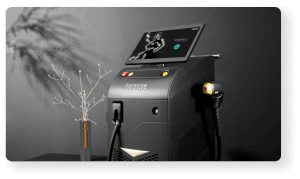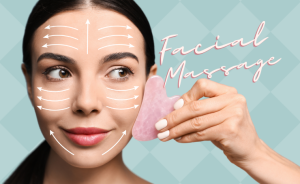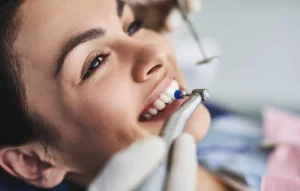Fillers are substances that are injected into the skin to add volume, fill in wrinkles, and restore a more youthful appearance. There are several types of fillers available, each with its own characteristics and uses. Here are some common types of fillers:
- Hyaluronic Acid (HA) Fillers: HA fillers are the most popular type of fillers. Hyaluronic acid is a naturally occurring substance in the body that helps maintain hydration and volume in the skin. HA fillers can be used to treat fine lines, wrinkles, and add volume to areas such as the lips and cheeks. Examples include Juvederm, Restylane, and Belotero.
- Calcium Hydroxylapatite (CaHA) Fillers: CaHA fillers contain calcium microspheres suspended in a gel. They are used to stimulate collagen production and provide long-lasting results. CaHA fillers are commonly used for treating deeper wrinkles and folds. One example is Radiesse.
- Poly-L-lactic Acid (PLLA) Fillers: PLLA fillers stimulate collagen production over time, providing a gradual improvement in volume and skin texture. They are often used for treating areas with severe volume loss, such as deep facial wrinkles and hollow cheeks. Sculptra is a well-known PLLA filler.
- Polymethylmethacrylate (PMMA) Fillers: PMMA fillers contain microspheres that remain in the skin permanently. They provide a long-lasting solution for deep wrinkles and facial contouring. Artefill is an example of a PMMA filler.
- Autologous Fat Fillers: Autologous fat fillers involve using a patient’s own fat, usually harvested from another area of the body, to restore volume and contour. The fat is processed and then injected into the desired areas. This type of filler provides natural-looking and long-lasting results.
It’s important to note that the availability and specific brand names of fillers may vary depending on your location. Additionally, the selection of the most suitable filler type and brand should be based on an individual’s specific needs and the advice of a qualified medical professional.
What areas of the body are fillers used for?
Fillers can be used in various areas of the body to address different concerns. The most common areas where fillers are used include:
- Face: Fillers are commonly used on the face to treat wrinkles, fine lines, and loss of volume. They can be injected into areas such as the forehead, temples, under-eye area, cheeks, nasolabial folds (lines from the nose to the mouth), marionette lines (lines from the corners of the mouth to the chin), and lips.
- Lips: Lip fillers are specifically designed to enhance the size and shape of the lips. They can add volume, improve symmetry, and define the lip contours.
- Hands: Fillers can be used on the back of the hands to restore volume and minimize the appearance of prominent veins and tendons, giving a more youthful and rejuvenated look.
- Neck and Décolletage: Fillers can be used to address concerns in the neck and décolletage area, such as horizontal lines, wrinkles, and loss of volume. They can help improve the overall texture and appearance of the skin in these areas.
- Scars: Certain fillers can be used to improve the appearance of depressed scars, such as those caused by acne or injury. The filler is injected into the depressed area to elevate it and make it more level with the surrounding skin.
- Non-Facial Areas: In some cases, fillers can be used in non-facial areas. For example, they may be used to enhance the shape of the buttocks (known as a “Brazilian butt lift”) or to add volume to the breasts. These procedures typically involve specialized techniques and considerations.
It’s important to consult with a qualified medical professional who specializes in aesthetic procedures to determine the most appropriate areas for filler treatment based on your specific concerns and goals.
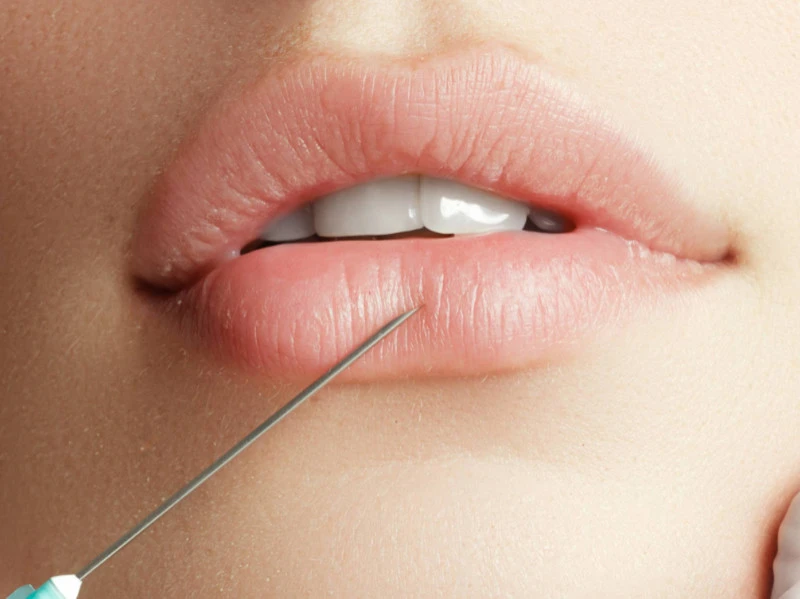
Lip Filler
Lip fillers are a popular cosmetic procedure designed to enhance the size, shape, and overall appearance of the lips. During the procedure, a dermal filler, typically composed of hyaluronic acid, is injected into the lips to add volume, improve symmetry, define the lip contours, and reduce the appearance of fine lines and wrinkles.
The treatment provides immediate results, with the lips appearing fuller and more plump. The effects generally last for several months, after which a follow-up treatment may be needed to maintain the desired outcome. Lip fillers are customizable, allowing individuals to achieve natural-looking results that enhance their facial features and boost their self-confidence.
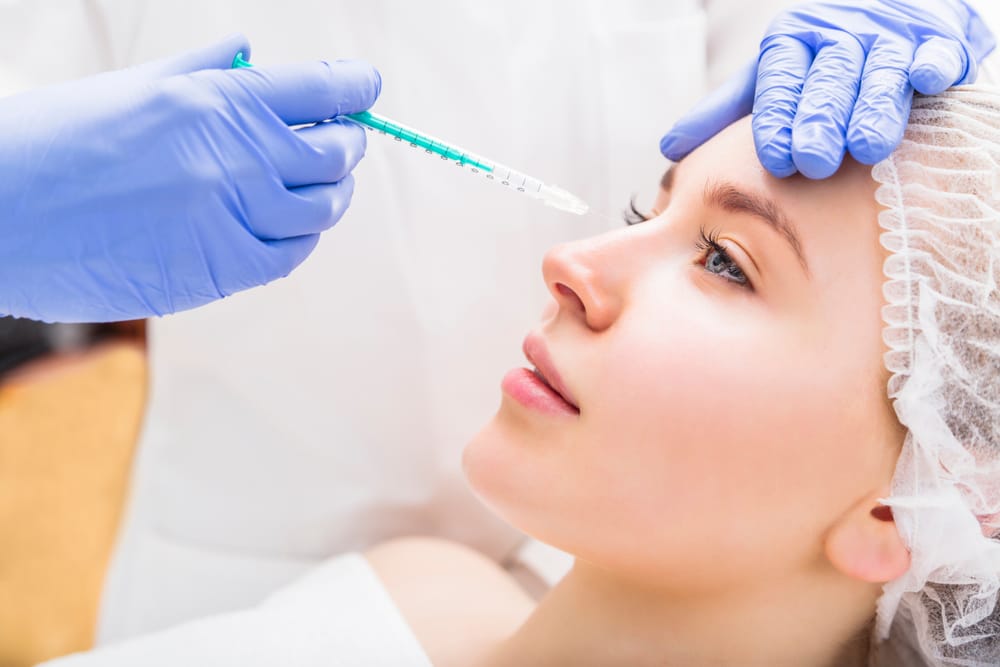
Nose Filler
Nose filler, also known as non-surgical rhinoplasty or liquid rhinoplasty, are a non-invasive cosmetic procedure aimed at enhancing the shape, symmetry, and overall appearance of the nose without the need for surgery.
During the procedure, dermal fillers, typically composed of hyaluronic acid, are strategically injected into specific areas of the nose to address concerns such as a dorsal hump, nasal bridge irregularities, asymmetry, or minor depressions.
The fillers can help to reshape and contour the nose, creating a more balanced and harmonious facial profile. Nose fillers are a temporary solution, typically lasting several months to a year, depending on the specific filler used. The procedure offers a quick recovery time, minimal discomfort, and the ability to achieve subtle yet noticeable changes to the nose without going under the knife. However, it’s important to consult with a qualified medical professional to determine if nose fillers are suitable for your specific concerns and goals.
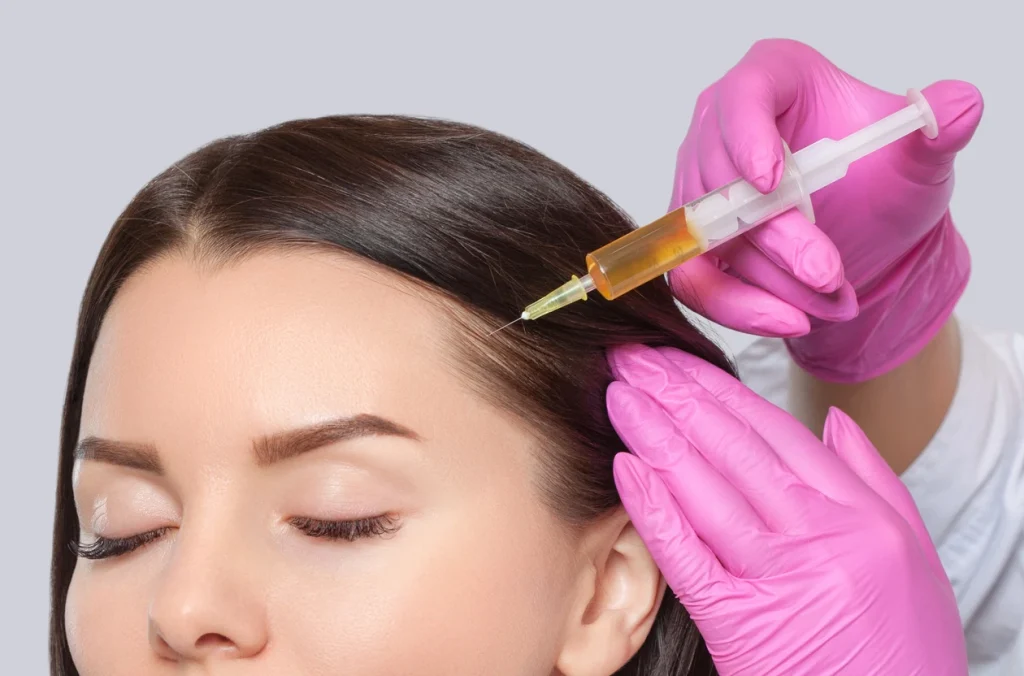
Hair Filler
Hair filler, also known as hair thickening or hair volumizing treatments, are non-surgical procedures aimed at addressing hair thinning and providing the appearance of fuller, thicker hair.
Hair fillers typically involve the injection of substances, such as hyaluronic acid, into the scalp to increase the volume and density of the hair. The fillers can help stimulate hair growth, improve hair texture, and provide a more youthful and voluminous look.
The results are immediate, and the effects can last for several months, depending on the specific filler used. Hair fillers offer a non-invasive alternative to surgical hair restoration procedures and can be a suitable option for individuals experiencing mild to moderate hair thinning or looking for a temporary hair enhancement solution.
It’s important to consult with a qualified medical professional to determine the most appropriate hair filler treatment based on your specific needs and hair condition.
Types of fillers for face
There are various types of fillers commonly used for facial rejuvenation. One popular category is hyaluronic acid (HA) fillers, which are versatile and can address a range of concerns, including wrinkles, fine lines, and loss of volume.
Examples of HA fillers include Juvederm, Restylane, and Belotero. They are known for their natural-looking results and can be used in different areas of the face.
Another type of filler is calcium hydroxylapatite (CaHA), which stimulates collagen production and provides longer-lasting effects. Radiesse is a well-known CaHA filler that is often used to treat deeper wrinkles and folds, such as nasolabial folds.
Additionally, poly-L-lactic acid (PLLA) fillers, like Sculptra, stimulate collagen synthesis over time and are particularly useful for addressing severe volume loss in areas such as hollow cheeks.
Polymethylmethacrylate (PMMA) fillers, such as Artefill, contain microspheres that remain in the skin permanently, providing long-lasting results for deep wrinkles and facial contouring.
Autologous fat fillers, or fat grafting, involve using a patient’s own fat to restore volume. This procedure can be effective for facial rejuvenation, providing natural-looking and lasting outcomes.
The choice of filler type depends on individual needs and goals, and it is important to consult with a qualified medical professional to determine the most suitable option.
Benefits of filler types
Hyaluronic Acid (HA) Fillers:
- Natural-looking results: HA fillers provide natural-looking results, as hyaluronic acid is a substance found naturally in the body.
- Versatility: HA fillers can be used to add volume, smooth wrinkles and fine lines, and enhance facial contours.
- Precise control: The amount and depth of correction with HA fillers can be precisely controlled, allowing for customized treatments.
- Reversibility: HA fillers can be partially or completely reversed using hyaluronidase, providing flexibility in case of undesired outcomes or adjustments.
Calcium Hydroxylapatite (CaHA) Fillers:
- Collagen stimulation: CaHA fillers stimulate collagen production, leading to gradual and long-lasting results beyond the filler’s lifespan.
- Durability: CaHA fillers generally last longer compared to some other filler types, reducing the frequency of touch-up treatments.
- Volumizing effects: CaHA fillers are particularly effective in addressing deeper wrinkles and folds, providing volume and structural support.
Poly-L-lactic Acid (PLLA) Fillers:
- Collagen regeneration: PLLA fillers stimulate the production of collagen, resulting in gradual and natural-looking rejuvenation.
- Long-lasting effects: As collagen production increases, the results of PLLA fillers can persist for an extended period, providing sustained improvement.
- Full facial rejuvenation: PLLA fillers are suitable for treating larger areas of volume loss, allowing for comprehensive facial rejuvenation.
Polymethylmethacrylate (PMMA) Fillers:
- Long-lasting correction: PMMA fillers contain microspheres that remain in the skin permanently, offering durable and sustained results.
- Structural support: PMMA fillers provide structural support, making them suitable for augmenting and lifting facial features.
- Customizable shaping: PMMA fillers allow for precise shaping and sculpting of facial contours, providing tailored results.
Autologous Fat Fillers:
- Natural and biocompatible: Autologous fat fillers use the patient’s own fat, minimizing the risk of allergic reactions or rejection.
- Versatility: Fat can be harvested from one area of the body and used to restore volume and contours in various facial regions.
- Potential for permanent results: Fat grafting can provide long-lasting results, as the transplanted fat establishes a blood supply and integrates with the surrounding tissues.
Each filler type has its specific advantages and considerations, and the choice should be made in consultation with a qualified medical professional who can assess individual needs and goals to determine the most suitable option.









